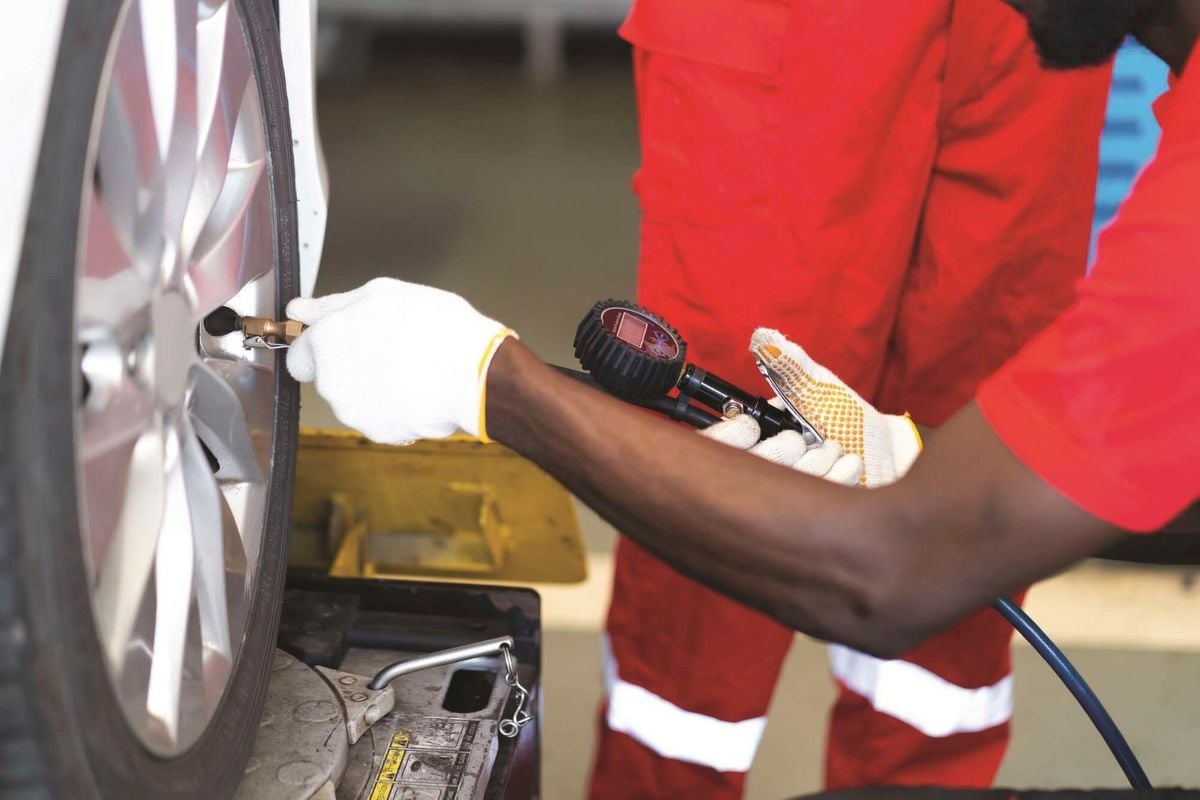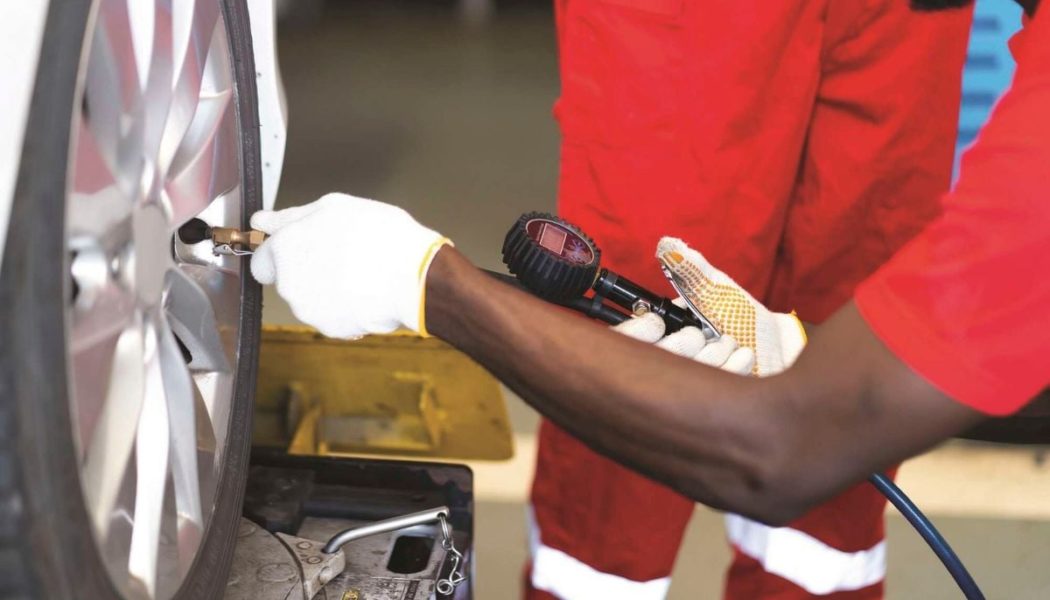
We glibly refer to a car’s “suspension” system, often without a precise idea of what is, and what is not, a part of it. Please clarify. —Bouncer
Lexicologists are not car buffs.
One dictionary after another describes suspension only as “the mechanism by which a vehicle is supported on its axles”. The definition should at least acknowledge that it is a “flexible” system – not concrete pillars.
In the same breath, anything(!) flexible is part of it – from the tyre walls to the spring in the driver’s seat.
Its job is to keep the wheels firmly on the ground for control, to reduce noise and vibration, and to absorb irregularities in the road surface for comfort.
That’s why Roget Thesaurus at least lists suspension alongside such words as elasticity, springy, bouncy, rubberiness, stretchable, resilient, buoyant, and well-sprung.
If you think it is just springs and shock absorbers that do that, pump your tyres up to 60 pounds of pressure and sit on the floor while driving over corrugations. G-g-g-g-g-g-g-get the idea?
Any part of your car between the road surface and the back pocket of your trousers which is flexible (bends or squashes) and is resilient (after bending or squashing it tries to get back to its original shape) is part of your car’s suspension system.
That includes springs, dampers, bushes, bump stops, body mountings, stabiliser bars, tyre walls et al.
One of the biggest differences between a pedigree limo and pretenders to such a title is how good the balance is, and just how much there is in between you and the road.
Classy designs not only harmonise tyre size, strength and pressure, and balance the spring and sponge on the seat with that and with the optimum spring and shock absorber ratings, but also put layer after layer of rubber buffers/bushes (of the right flexibility and resilience) in the body and “suspension” mountings, in the steering mechanism, and almost everywhere that might transmit noise or vibration or shock.
If all or any part of the system is too hard or too soft (in absolute terms or relative to other components) there will be a detrimental result.
If too hard, minor vibrations and bumps will be transmitted – constantly shaking and hammering both the vehicle and the people in it.
If too soft, the general handling of the car can suffer. If it hits a big bump the flexible part(s) of the system will be squashed flat – beyond their designed range of movement – delivering an even more painful and potentially damaging bang.
For example, tyres inflated too hard will lose grip and wear unevenly, and also work like a jackhammer on everything else.
Shock absorbers too hard not only give a harsh ride but also greatly increase the shock transmitted to their bushes and mountings, leading to potential body cracks, and because they tend to flex less they can develop hot spots that melt their seals so the hydraulic fluid escapes.
Conversely, under-inflated tyres can greatly reduce small shocks and vibrations, but they wear unevenly, run too hot, are more prone to punctures, and can cause a dangerous loss of handling precision.
In the same way, soft springs and/or shock-absorbers provide a more cushioned sensation over minor bumps, but the car body will roll and wallow more and the spring will be prone to oscillate so the tyre “bounces” and doesn’t stay on the road, reducing handling and braking efficiency, and if they encounter a really big bump they let the shock go right through their flexible limits so solid object hits a solid object.
The severity of shocks the car is likely to encounter depends on what kind of roads you drive on and how you drive, and in even the best-regulated circumstances those conditions vary.
Suspensions are a compromise solution to cover a wide range of circumstances. A stark example is the difference between an “empty” car and one which if fully laden or even overloaded.
One suspension system cannot possibly optimise both.
Modern motor technology overcomes some of that problem with “progressive” suspension – mechanisms that flex readily under small impact, but the more they are squashed the more resistant they become.
Springs now have “progressive” resistance to bending, the cleverer multi-valve shock-absorbers have the same quality, and even items as crude as “bump stops” – that lumpy last line of rubberised defence which comes into play when all other parts of the system are at their limit – is usually cone-shaped, so the skinny tip squashes easily but the more you squash it the fatter and harder it gets.
If your usage does not fall within that range of compromise, you need a generally harder or softer suspension than average.
At the extremes, a ceremonial limo that carries a VIP backside at low speed in gentle surroundings might have an especially soft suspension that could be completely incompetent if driven fast or on a rough surface.
A rally car in the custody of a driver capable of and needing to travel at 200 kph down a goat track would need a suspension so hard that it felt like the hammer of hades until it was driving…at 200 kph down a goat track.
Just as clearly, the “normal” average on Kenyan roads is not the same as in Switzerland or Japan, and very different ratings are required.
The bottom line, in more senses than one, is that your suspension is one of the most important systems of your car, it involves a great many parts of your car, and if you get it right the roads feel better.
Flexible and variable suspension systems are a remarkable collection of interlinked inventions. And if you need to modify one part of the system, balance with all the other parts must be considered.
The consequences you get will often be a choice of either-or (not both) tailored to your own priorities.









